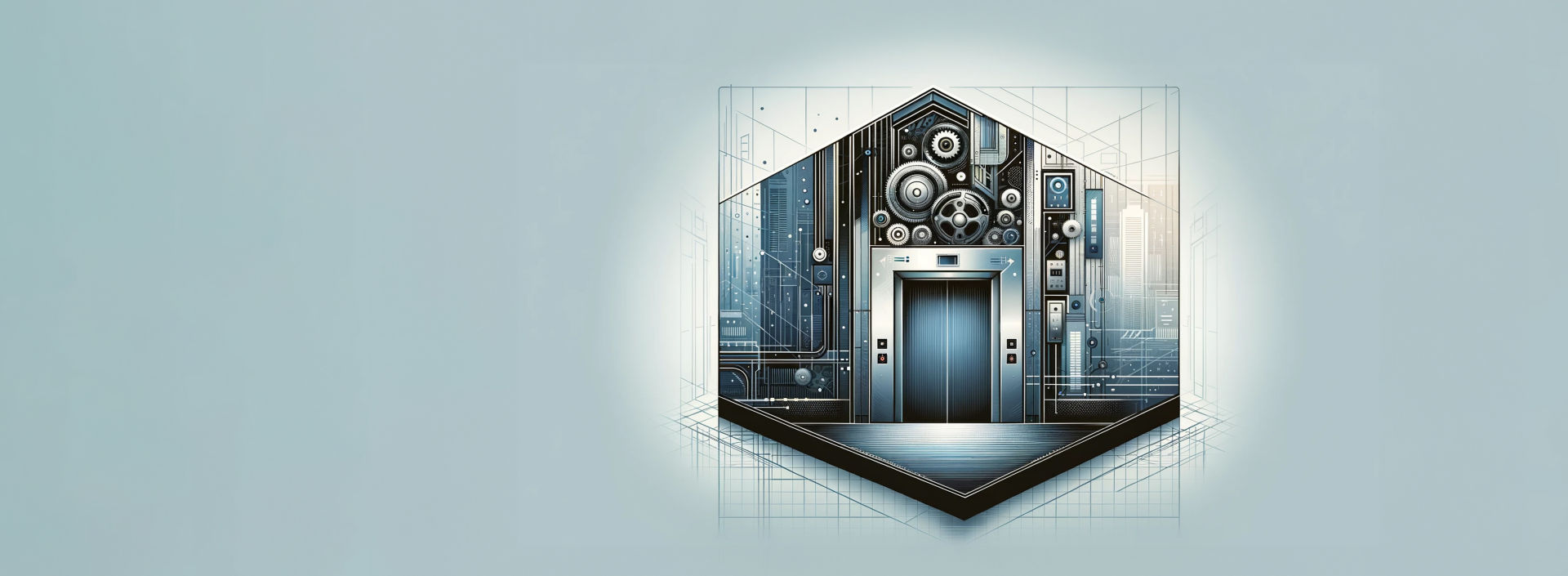Elevators, the vertical chariots of modern architecture, whisk us between floors with ease and efficiency. Yet, these marvels of engineering aren't immune to the inevitable challenges of wear and tear. In the complex dance of gears and cables, issues can arise, demanding our attention. This article delves into the most common elevator problems and their underlying causes.
Slow Operation or Delays
A common complaint with elevators is slow operation or delays. This can be caused by outdated machinery, improper programming, or mechanical wear and tear. To resolve this, regular maintenance and upgrades are essential. Upgrading the elevator's control system can significantly improve its efficiency and speed. In busy Australian locations such as Melbourne CBD offices or Sydney apartment buildings, regular elevator control upgrades are particularly beneficial.
Unusual Noises
Rattling, grinding, or squeaking noises are often indicators of mechanical issues. These sounds may suggest misaligned components, loose parts, or the need for lubrication. Regular inspections and maintenance by certified technicians can identify and rectify these issues before they escalate.
Malfunctioning Doors
Elevator doors that do not open or close properly can be a major inconvenience and safety hazard. This issue is often due to misaligned sensors or mechanical faults. Regular checks and calibration of door sensors and mechanisms can help prevent these problems.
Erratic Movements or Stops
Erratic movements or sudden stops can be alarming and potentially dangerous. These issues can arise from control system malfunctions or mechanical failures. Immediate professional assessment and repair are necessary to ensure safety and reliability.
Overheating
Overheating of elevator machinery is a less common but serious issue and usually only associated with hydraulic elevators. It can be caused by overuse, lack of ventilation, or mechanical faults. Ensuring proper ventilation and regular maintenance can help mitigate this risk.
Preventive Measures and Maintenance
Preventive maintenance is key to avoiding these common elevator problems. Regular inspections, timely repairs, and upgrades can significantly reduce the occurrence of these issues. It's important to work with experienced and certified professionals who understand the complexities of elevator systems.
More Information
While elevators are generally reliable, being aware of common problems and their solutions is important for safety and efficiency. Regular maintenance and professional inspections are vital in ensuring the smooth operation of these essential systems.
- For more on how KONE can keep your elevator running safe, see KONE Escalator and Elevator Maintenance Services.
- Information about modernising or replacing your old, outdated elevator, see KONE Elevator Modernization.
- For more about elevator safety, see more on our page about elevator and escalator safety.
* The information provided on this webpage, including all examples and illustrations, is for general informational purposes only. It is important to understand that the examples given do not encompass all possible reasons for elevator problems, and causes may vary significantly based on factors such as the make, model, and type of the elevator, its age, the type of building in which it is installed, the geographical location of the building, and many other variable factors. This content is not intended to be a comprehensive guide and should not be treated as such. We advise consulting with professional elevator maintenance specialists for advice tailored to your specific circumstances.
